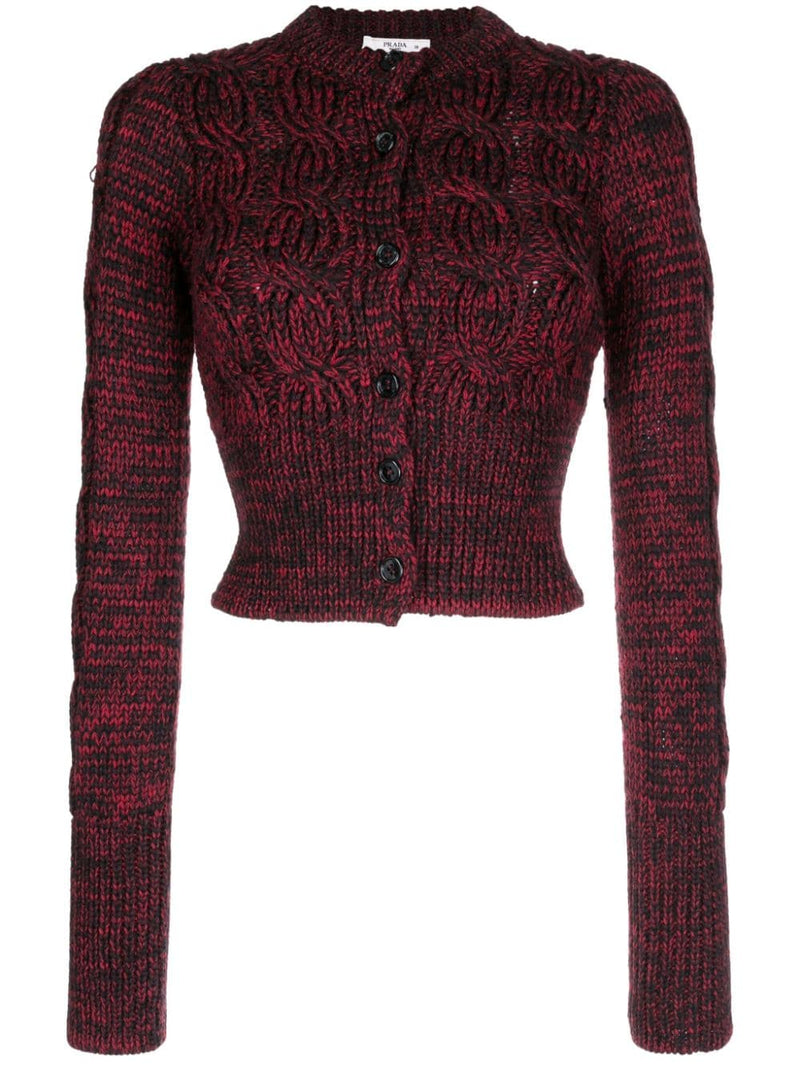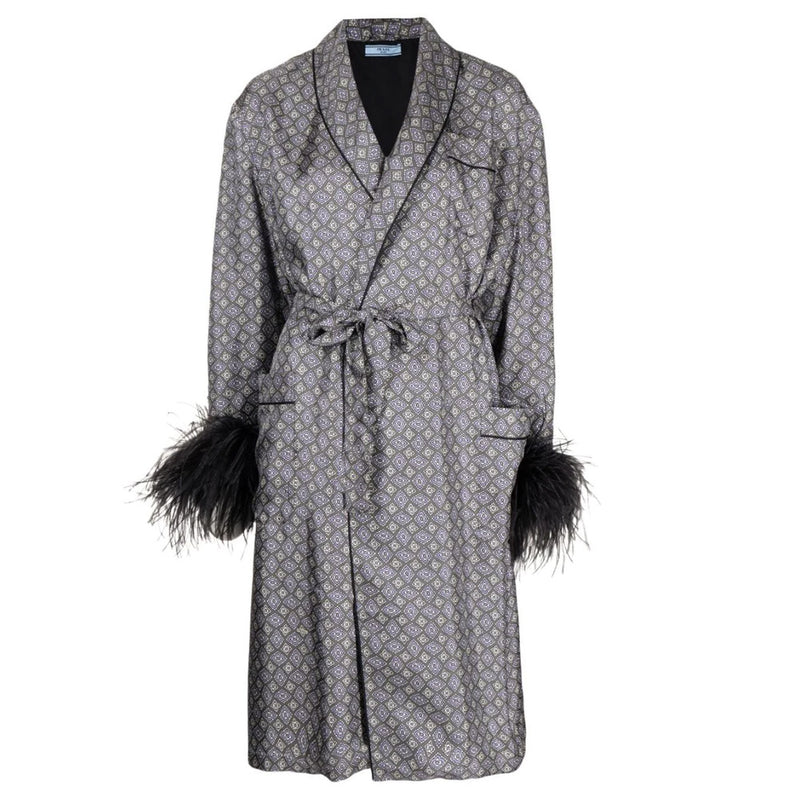PRADA VS BOTTEGA VENETA: WHICH ONE IS BETTER?
With their unparalleled craftsmanship, cutting-edge designs, and rich histories, both brands have captivated fashion enthusiasts across the globe. But the question remains: which brand reigns supreme?
Prada, known for its avant-garde approach, has become synonymous with modern elegance and innovation. From their sleek accessories to their bold runway collections, Prada has established itself as a trendsetter in the industry. On the other hand, Bottega Veneta has garnered a dedicated following for its timeless and understated luxury. Focusing on impeccable craftsmanship and quality materials, Bottega Veneta exudes a sense of sophistication and refinement.
As we delve deeper into the realms of Prada and Bottega Veneta, we will explore their histories, signature styles, and brand philosophies. By analysing their impact on the fashion landscape and their customer appeal, we will determine which brand truly reigns supreme in the world of luxury fashion. So, sit back, relax, and prepare to embark on a journey through the captivating world of Prada and Bottega Veneta.

Prada, founded in 1913 by Mario Prada, began as a small leather goods shop in Milan, Italy. Initially specializing in luxury accessories, such as handbags and luggage, Prada quickly gained a reputation for its impeccable craftsmanship and attention to detail. Over the years, the brand expanded its offerings to include clothing and footwear, solidifying its position as a leading luxury fashion house.
Under the creative direction of Miuccia Prada, Mario Prada's granddaughter, the brand experienced a major transformation in the 1980s. Miuccia Prada introduced avant-garde designs that challenged traditional notions of femininity, pushing the boundaries of fashion and establishing Prada as a pioneer in the industry. Today, Prada is known for its sleek and minimalist aesthetic, combining modern elegance with innovative materials and techniques.

Bottega Veneta, founded in 1966 in Vicenza, Italy, has a rich history rooted in the art of leather craftsmanship. Initially specialising in handcrafted leather goods, such as handbags and wallets, Bottega Veneta gained recognition for its distinctive intrecciato weaving technique. This meticulous and time-consuming process involves weaving strips of leather together to create a durable and luxurious texture.
Throughout its history, Bottega Veneta has remained true to its core values of craftsmanship, quality, and discreet luxury. The brand's understated approach and dedication to timeless elegance have earned it a loyal following among discerning fashion connoisseurs. Despite changes in creative direction over the years, Bottega Veneta has maintained its commitment to artisanal craftsmanship and attention to detail.

While both Prada and Bottega Veneta occupy the luxury fashion market, the brand positioning and target audiences differ slightly. Prada is renowned for its avant-garde and innovative designs, attracting a younger and more fashion-forward clientele. The brand appeals to individuals who appreciate bold and unconventional aesthetics, seeking to make a statement through their fashion choices.
On the other hand, Bottega Veneta's brand positioning revolves around timeless and understated luxury. The brand appeals to individuals who value craftsmanship, quality, and classic elegance. Bottega Veneta's target audience appreciates sophisticated and refined designs that stand the test of time, favouring subtlety over ostentation.

Prada's design philosophy is rooted in the concept of innovation and experimentation. Miuccia Prada, known for her unconventional approach to fashion, constantly pushes the boundaries of design, challenging traditional notions and redefining the industry. Prada's signature styles often incorporate unexpected materials, bold colors, and unique silhouettes, creating garments and accessories that are both visually striking and intellectually stimulating.
One of Prada's most iconic designs is the nylon backpack, introduced in the late 1970s. This utilitarian yet fashionable accessory revolutionized the luxury fashion industry, breaking away from the traditional association of luxury with leather and precious metals. Prada's nylon backpack epitomizes the brand's ability to merge functionality with high fashion, appealing to a diverse range of individuals who value practicality without compromising on style.

Prada's luxury positioning is reflected in its pricing strategy. The brand's products are often priced at a premium, reflecting the craftsmanship, innovation, and exclusivity that Prada represents. Prada's pricing strategy aims to maintain a sense of exclusivity, appealing to a discerning customer base that values luxury and is willing to invest in high-quality fashion.
While Prada offers a range of products at different price points, the brand's most coveted pieces, such as their runway collections and limited-edition collaborations, often come with a higher price tag. This exclusivity adds to the allure of Prada, attracting consumers who seek unique and statement-making pieces that set them apart from the crowd.

Similar to Prada, Bottega Veneta positions itself as a luxury brand, with pricing that reflects the quality and craftsmanship of its products. Bottega Veneta's pricing strategy is aimed at maintaining a sense of exclusivity, appealing to a sophisticated customer base that values understated luxury.
Bottega Veneta's pricing ranges from accessible to high-end, offering a variety of products at different price points. While the brand's iconic woven leather bags and accessories may come with a higher price tag, Bottega Veneta also offers more affordable options, such as small leather goods and fragrances. This approach allows the brand to cater to a wider range of consumers while still maintaining its reputation for luxury.

Both Prada and Bottega Veneta have achieved significant popularity and brand recognition in the world of luxury fashion. Prada's avant-garde designs and innovative approach have earned it a cult following among fashion enthusiasts and industry insiders alike. The brand's collaborations with artists, designers, and celebrities have further elevated its status, solidifying Prada's position as a global fashion powerhouse.
Bottega Veneta, although more understated in its approach, has also garnered a dedicated following. The brand's commitment to craftsmanship and timeless elegance has resonated with individuals who appreciate the beauty of simplicity. Bottega Veneta's iconic intrecciato weaving technique has become synonymous with the brand, instantly recognizable to fashion connoisseurs around the world.

In the world of luxury fashion, both Prada and Bottega Veneta have established themselves as frontrunners, each with their own unique appeal. Prada's avant-garde designs and innovative spirit continue to push the boundaries of fashion, attracting a younger and more fashion-forward clientele. On the other hand, Bottega Veneta's timeless elegance and commitment to craftsmanship have earned it a loyal following among individuals who appreciate understated luxury.
Ultimately, the question of which brand reigns supreme comes down to personal preference. While Prada's bold and unconventional aesthetic may appeal to those seeking to make a statement, Bottega Veneta's classic and refined designs resonate with individuals who value enduring style. Both brands have made indelible marks on the fashion landscape, influencing trends and inspiring countless designers.
So, whether you align with Prada's avant-garde approach or Bottega Veneta's understated luxury, the world of luxury fashion offers endless possibilities for self-expression and style. Whichever brand you choose, rest assured that both Prada and Bottega Veneta will continue to captivate and inspire fashion enthusiasts for years to come.













